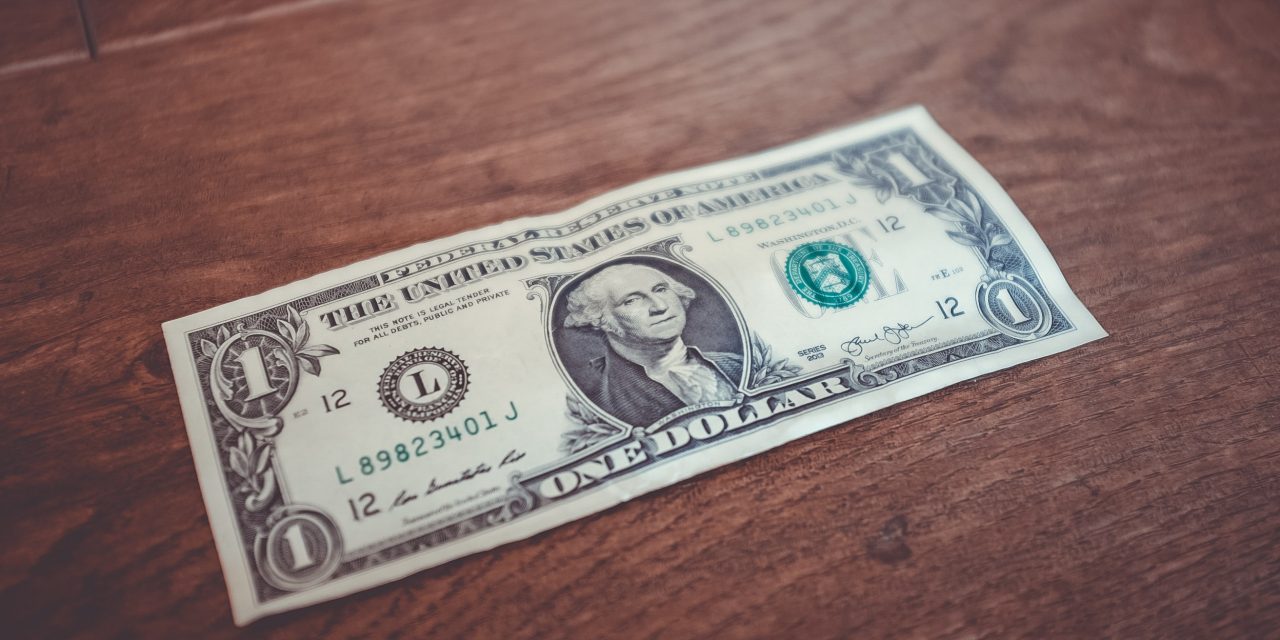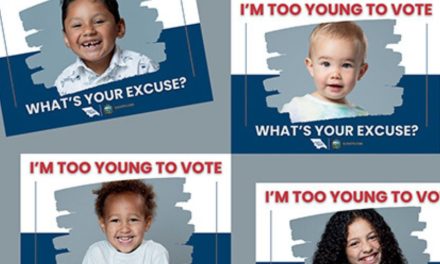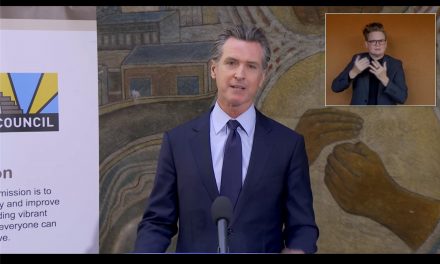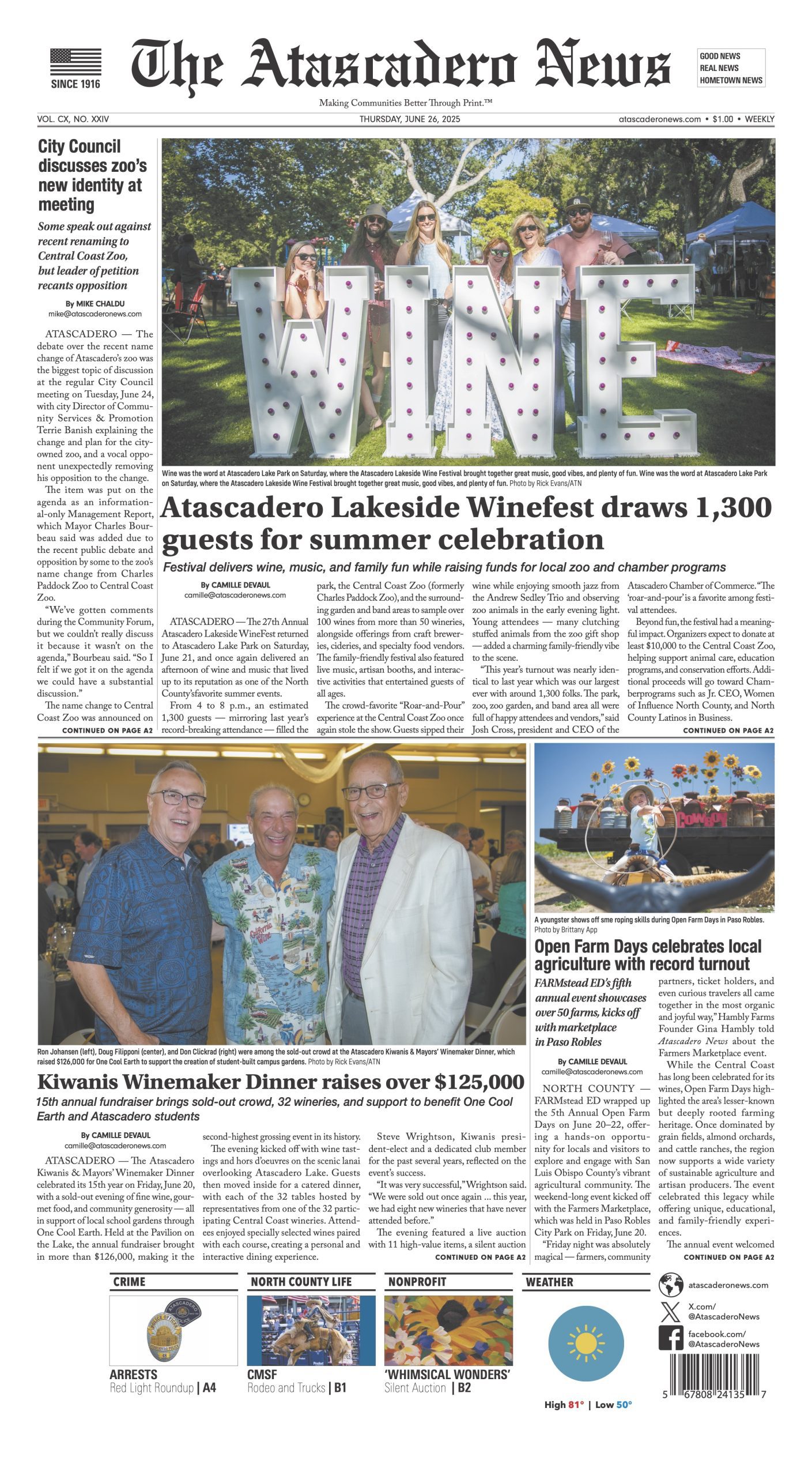According to data from the Bureau of Labor Statistics.
By Charley Mills
NATIONAL — The Bureau of Labor revealed that “average hourly earnings” have increased from $29.50 in September 2020 to $30.85 in September 2021. However, when adjusted for inflation, “real average hourly earnings” have actually decreased 0.8 percent during that time.
The consumer price index rose 5.4 percent in September from the previous year, slightly more than August’s increase of 5.3 percent and on par with the increases in June and July, which were the highest since 2008.
The Biden administration’s inflation crisis began in April 2021 as inflation rates surged to the highest level since the Great Recession and is expected to continue through next year, according to Treasury Secretary Janet Yellen.
“On a twelve-month basis, the inflation rate will remain high into next year because of what’s already happened. But I expect improvement by the end of — by the middle to end of next year, second half of next year,” Yellen said. “We are going through a period of inflation that’s higher than Americans have seen in a long time.”
A recent poll of economists by the Wall Street Journal similarly paints a grim economic future.
“Economists on average see inflation at 5.25 percent in December, just slightly less than the rate that has prevailed since June. Assuming a similar level in October and November, that would mark the longest inflation has been above 5 percent since early 1991,” the Wall Street Journal reported. “Consumer-price inflation will drop to 3.4 percent by June of next year, then 2.6 percent by the end of 2022, according to respondents’ average estimates. That is still above the average 1.8 percent that prevailed in the decade before the pandemic.”
“It’s a perfect storm: supply-chain bottlenecks, tight labor markets, ultra-easy monetary and fiscal policies,” Michael Moran, chief economist at Daiwa Capital Markets America, told the Wall Street Journal.
“Consumer spending, and by extension GDP growth, is being limited by high rates of inflation eroding the real purchasing power of consumers,” explained Michael Brown, principal U.S. economist at Visa.













